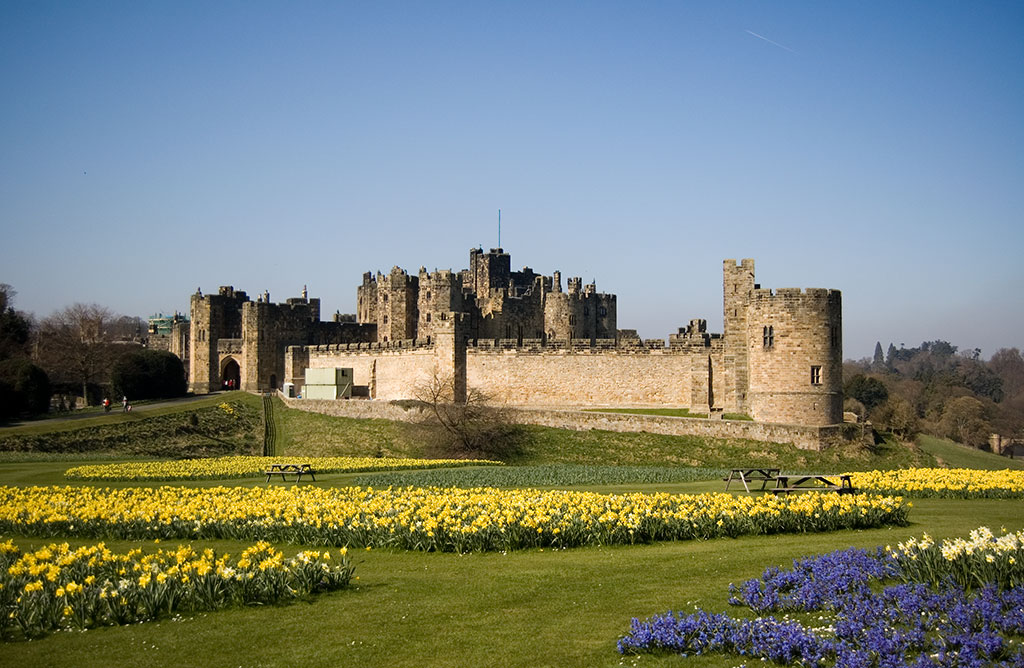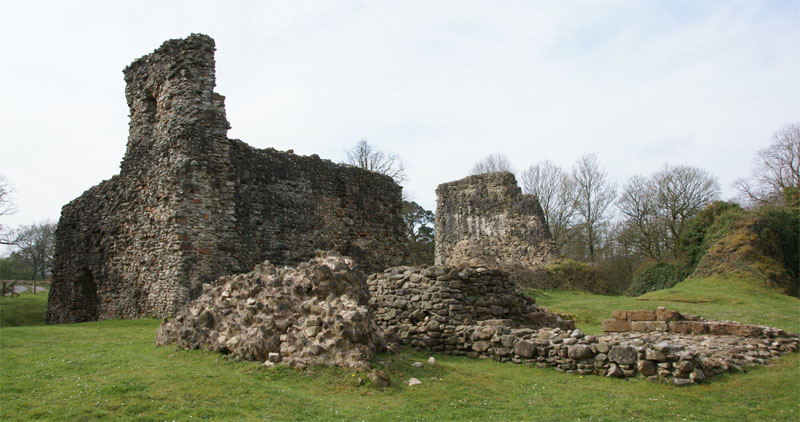Scottish Marches on:
[Wikipedia]
[Google]
[Amazon]
 Scottish Marches was the term used for the
Scottish Marches was the term used for the


 The Marches were first conceived in a treaty between
The Marches were first conceived in a treaty between
Anglo-Scottish border
The Anglo-Scottish border () is a border separating Scotland and England which runs for between Marshall Meadows Bay on the east coast and the Solway Firth in the west. The surrounding area is sometimes referred to as "the Borderlands".
The ...
during the late medieval and early modern eras, characterised by violence and cross-border raids. The Scottish Marches era came to an end during the first decade of the 17th century following the union of the crowns of England and Scotland.
History
Origins


 The Marches were first conceived in a treaty between
The Marches were first conceived in a treaty between Henry III of England
Henry III (1 October 1207 – 16 November 1272), also known as Henry of Winchester, was King of England, Lord of Ireland, and Duke of Aquitaine from 1216 until his death in 1272. The son of King John and Isabella of Angoulême, Henry ...
and Alexander III of Scotland
Alexander III (Medieval ; Modern Gaelic: ; 4 September 1241 – 19 March 1286) was King of Scots from 1249 until his death. He concluded the Treaty of Perth, by which Scotland acquired sovereignty over the Western Isles and the Isle of Man. His ...
in 1249 as an attempt to control the Anglo-Scottish border by providing a buffer zone. On both sides of the Anglo-Scottish border there were the West March, the Middle March and the East March. These regions nearly mirrored each other but there was some overlap between the Scottish and English regions. In the late 13th century Edward I of England
Edward I (17/18 June 1239 – 7 July 1307), also known as Edward Longshanks and the Hammer of the Scots, was King of England and Lord of Ireland from 1272 to 1307. Concurrently, he ruled the duchies of Aquitaine and Gascony as a va ...
appointed the first Lord Warden of the Marches
The Lord Warden of the Marches was an office in the governments of Scotland and England. The holders were responsible for the security of the border between the two nations, and often took part in military action. They were also responsible, alo ...
, who was tasked with overseeing these regions and keeping their monarch's domain secure; when it was in their interests they would encourage cross-border raiding, or even full-scale war.
Especially in the Tudor period some inhabitants of the Marches on either side of the Border exhibited mixed national allegiances, and parts of the region were home to Riding Surnames or clans
A clan is a group of people united by actual or perceived kinship
and descent. Even if lineage details are unknown, clans may claim descent from founding member or apical ancestor. Clans, in indigenous societies, tend to be endogamous, mea ...
. Before the two kingdoms were united in March 1603, under the personal union
A personal union is the combination of two or more states that have the same monarch while their boundaries, laws, and interests remain distinct. A real union, by contrast, would involve the constituent states being to some extent interli ...
of Scotland and England under James VI of Scotland
James VI and I (James Charles Stuart; 19 June 1566 – 27 March 1625) was King of Scotland as James VI from 24 July 1567 and King of England and Ireland as James I from the union of the Scottish and English crowns on 24 March 1603 until ...
(James I of England), the border clans would switch allegiance between the Scottish and English thrones depending on what was most favourable for the members of the clan. For a time, powerful local clans dominated a region on the border between England and Scotland, known as the Debatable Lands, where neither monarch's writ was heeded.
During this era, the Border Reivers
Border reivers were raiders along the Anglo-Scottish border from the late 13th century to the beginning of the 17th century. They included both Scottish and English people, and they raided the entire border country without regard to their v ...
were raiders that attacked local residents. There were both English and Scottish clans in these groups, and they would attack regardless of nationality. Local farmers would often need to make payments to the various clans as a form of protection money
A protection racket is a type of racket and a scheme of organized crime perpetrated by a potentially hazardous organized crime group that generally guarantees protection outside the sanction of the law to another entity or individual from vi ...
to ensure they are not attacked. These agreements were called "Black mal", where mal was an Old Norse word meaning agreement. The word blackmail
Blackmail is an act of coercion using the threat of revealing or publicizing either substantially true or false information about a person or people unless certain demands are met. It is often damaging information, and it may be revealed to fa ...
entered the English language in 1530 as a result.
The fluid nature of the border, and the frequent wars between Scotland and England, made the Marches fertile ground for many bandits and reivers (raiders) who exploited the situation. The Wardens of the Marches on either side of the border were entrusted with the difficult task of keeping the peace and punishing wrongdoers; the Scottish and English Wardens would meet to co-ordinate their efforts against free-lance reivers at "days of march" (or "days of truce"), when they implemented March law March law or marcher law is a system of legal compromises formerly in use in the border regions of England. Specifically, it may refer to:
* March law (Anglo-Irish border)
* March law (Anglo-Scottish border)
*March law (Anglo-Welsh border)
See al ...
, a kind of customary law agreed upon by the two realms during times of peace.
The reiver period produced one unique architectural feature in the old reiver country—the peel tower
Peel towers (also spelt pele) are small fortified keeps or tower houses, built along the English and Scottish borders in the Scottish Marches and North of England, mainly between the mid-14th century and about 1600. They were free-stand ...
, a defensive structure found on many great houses (and indeed on Carlisle Cathedral
Carlisle Cathedral is a grade-I listed Anglican cathedral in the city of Carlisle, Cumbria, England. It was founded as an Augustinian priory and became a cathedral in 1133. It is also the seat of the Bishop of Carlisle.Tim Tatton-Brown and John ...
). It has also produced a great deal of romantic literature, most famously the works of Sir Walter Scott
Sir Walter Scott, 1st Baronet (15 August 1771 – 21 September 1832), was a Scottish novelist, poet, playwright and historian. Many of his works remain classics of European and Scottish literature, notably the novels '' Ivanhoe'', '' Rob Roy ...
.
Berwick-upon-Tweed
Berwick-upon-Tweed (), sometimes known as Berwick-on-Tweed or simply Berwick, is a town and civil parish in Northumberland, England, south of the Anglo-Scottish border, and the northernmost town in England. The 2011 United Kingdom census re ...
, a strategic town on the north bank of the River Tweed
The River Tweed, or Tweed Water ( gd, Abhainn Thuaidh, sco, Watter o Tweid, cy, Tuedd), is a river long that flows east across the Border region in Scotland and northern England. Tweed cloth derives its name from its association with the R ...
, (the traditional border in the East March), is slightly closer to Edinburgh
Edinburgh ( ; gd, Dùn Èideann ) is the capital city of Scotland and one of its 32 Council areas of Scotland, council areas. Historically part of the county of Midlothian (interchangeably Edinburghshire before 1921), it is located in Lothian ...
than to Newcastle Newcastle usually refers to:
*Newcastle upon Tyne, a city and metropolitan borough in Tyne and Wear, England
*Newcastle-under-Lyme, a town in Staffordshire, England
*Newcastle, New South Wales, a metropolitan area in Australia, named after Newcastle ...
. It was fought over many times: between 1147 and 1482, the town changed hands between the two nations more than 13 times. As late as the reign of Elizabeth I of England
Elizabeth I (7 September 153324 March 1603) was Queen of England and Ireland from 17 November 1558 until her death in 1603. Elizabeth was the last of the five House of Tudor monarchs and is sometimes referred to as the "Virgin Queen".
Eli ...
, the English considered it worth spending a fortune on the latest style of fortification
A fortification is a military construction or building designed for the defense of territories in warfare, and is also used to establish rule in a region during peacetime. The term is derived from Latin ''fortis'' ("strong") and ''facere ...
s (trace italienne
A bastion fort or ''trace italienne'' (a phrase derived from non-standard French, literally meaning ''Italian outline'') is a fortification in a style that evolved during the early modern period of gunpowder when the cannon came to domin ...
) to secure the town against Scottish attack.
17th century
The Scottish Marches era came to an end during the first decade of the 17th century with the creation of the Middle Shires, promulgated after thepersonal union
A personal union is the combination of two or more states that have the same monarch while their boundaries, laws, and interests remain distinct. A real union, by contrast, would involve the constituent states being to some extent interli ...
of Scotland and England under James VI of Scotland
James VI and I (James Charles Stuart; 19 June 1566 – 27 March 1625) was King of Scotland as James VI from 24 July 1567 and King of England and Ireland as James I from the union of the Scottish and English crowns on 24 March 1603 until ...
(James I of England).Act anent fugitive persones of the borders to the in countrey (1609): ''Forsamekle as the kingis majestie is resolved to purge the mydele schyres of this isle, heirtofoir callit the bordouris of Scotland and England, of that barbarous crueltie, wickednes and incivilitie whilk be inveterat custome almaist wes become naturall to mony of the inhabitantis thairof...'' (Translated: ''Forasmuch as the king's majesty is resolved to purge the middle shires of this isle, heretofore called the borders of Scotland and England, of that barbarous cruelty, wickedness and incivility which by inveterate custom almost was become natural to many of the inhabitants thereof...'')
Notes
References
*See also
*March law March law or marcher law is a system of legal compromises formerly in use in the border regions of England. Specifically, it may refer to:
* March law (Anglo-Irish border)
* March law (Anglo-Scottish border)
*March law (Anglo-Welsh border)
See al ...
Further reading
* {{Use dmy dates, date=June 2020 * 13th century in England 13th century in Scotland 14th century in England 14th century in Scotland 15th century in England 15th century in Scotland 16th century in England 16th century in Scotland Anglo-Scottish border Border Reivers Marches (country subdivision)